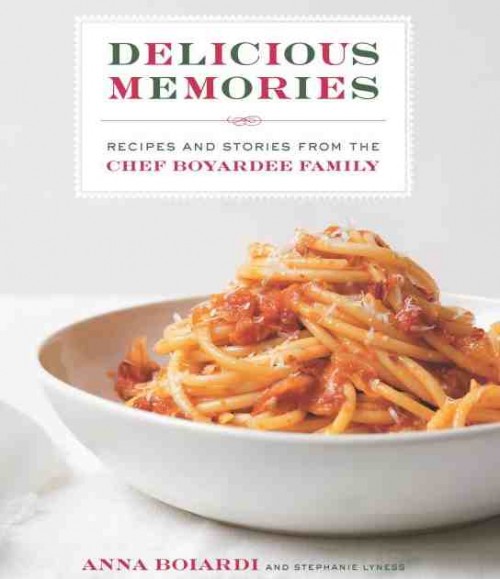Food
Chef Boyardee Recipes

Every page has the same text.
1) Open can.
2) Dump in saucepan.
3) Heat and serve.
Posted By: Paul - Wed Jun 29, 2011 -
Comments (5)
Category: Food, Cookbooks, Books
Follies of the Mad Men #145
The twentieth-century's maddest genius touts chocolate and antacid.
Thanks to the sharp eyes of Warren Ellis.
Posted By: Paul - Tue Jun 21, 2011 -
Comments (3)
Category: Art, Avant Garde, Performance Art, Surrealism, Body, Business, Advertising, Products, Food, 1960s
Follies of the Mad Men #144
Imagine living a life where your major existential dilemma was which flavor snack cake to purchase.
I was going to assume that Ho Hos were no longer made, given the nasty use of "ho" as a pejorative--but apparently they are still around.
Posted By: Paul - Mon Jun 13, 2011 -
Comments (3)
Category: Business, Advertising, Products, Food, Junk Food, 1970s
Marmite
Who here among us has ever dared taste Marmite? Not I!
Posted By: Paul - Thu May 12, 2011 -
Comments (5)
Category: Business, Advertising, Products, Food, Foreign Customs, Europe
Roca Labs Gastric Bypass
Eighty percent of your stomach filled all day with indigestible mystery fiber, for only $480.00? Sign me up! Or just plunk me down in a barn full of hay!
Posted By: Paul - Fri May 06, 2011 -
Comments (3)
Category: Food, Medicine, Self-help Schemes
Let’s Make A Sandwich
Here is a transmission from an alien civilization.
Posted By: Paul - Sun Apr 03, 2011 -
Comments (2)
Category: Family, Food, 1950s
Papa vs. Pretty
Papa Vs Pretty- Wrecking Ball from Guy Verge Wallace on Vimeo.
Third in our recent series on "weird claymation."
Posted By: Paul - Tue Mar 29, 2011 -
Comments (1)
Category: Food, Stop-motion Animation, Skin and Skin Conditions
Follies of the Mad Men #135
It might be true that large corporations such as KFC can crush the government, but is it really necessary to illustrate this unpleasant truth so dramatically?
Posted By: Paul - Thu Mar 17, 2011 -
Comments (4)
Category: Business, Advertising, Products, Food, Government, Asia
Follies of the Mad Men #134
This is an actual Japanese McDonald's ad that has become somewhat notorious for its over-the-top portrayal of youthful excitement.
Posted By: Paul - Thu Mar 10, 2011 -
Comments (3)
Category: Business, Advertising, Products, Food, Toys, Asia
Follies of the Mad Men #131
Cereal for mutants only.
Posted By: Paul - Tue Feb 15, 2011 -
Comments (2)
Category: Business, Advertising, Products, Food, 1970s, Fictional Monsters

| Who We Are |
|---|
| Alex Boese Alex is the creator and curator of the Museum of Hoaxes. He's also the author of various weird, non-fiction, science-themed books such as Elephants on Acid and Psychedelic Apes. Paul Di Filippo Paul has been paid to put weird ideas into fictional form for over thirty years, in his career as a noted science fiction writer. He has recently begun blogging on many curious topics with three fellow writers at The Inferior 4+1. Contact Us |




